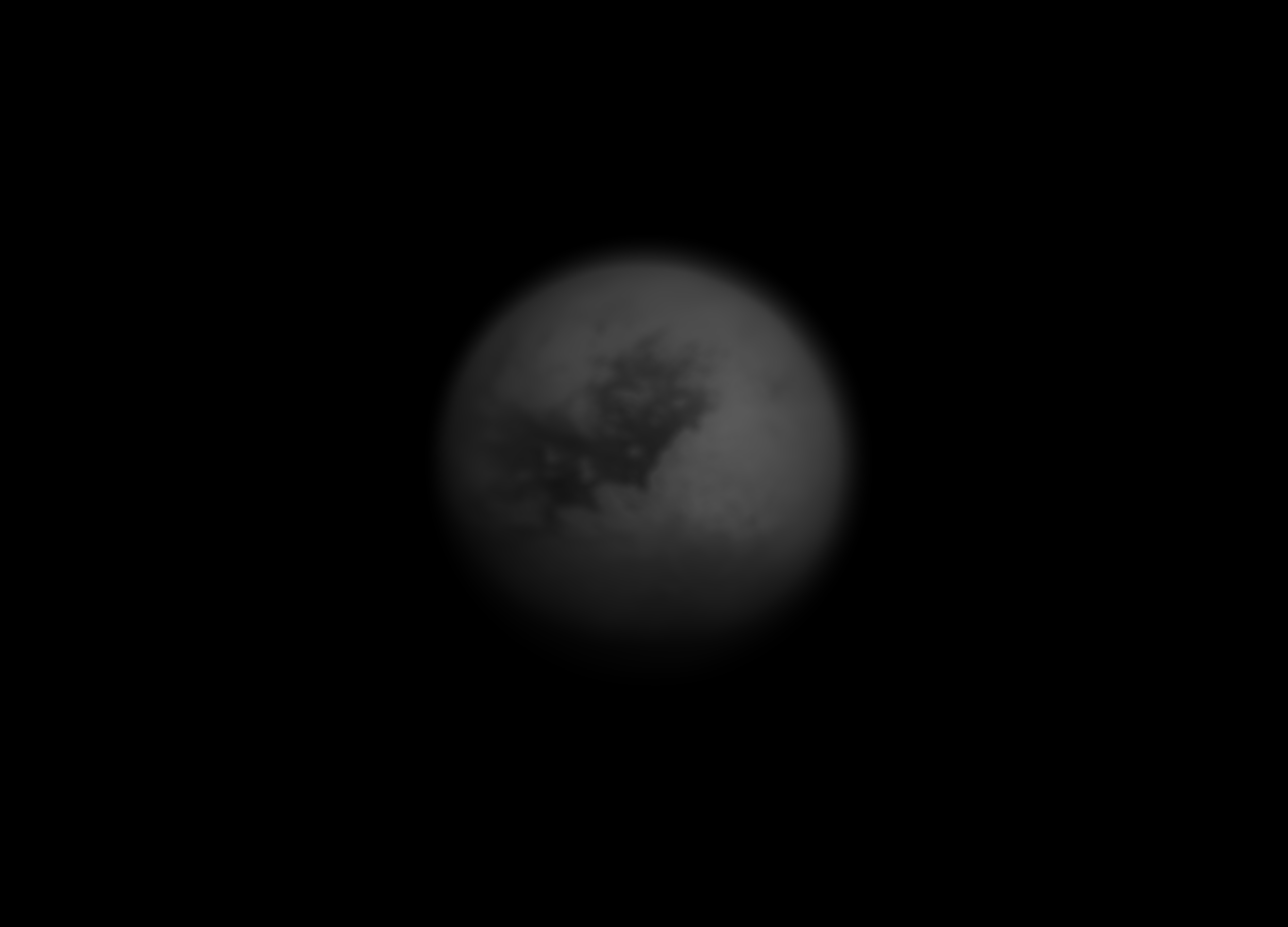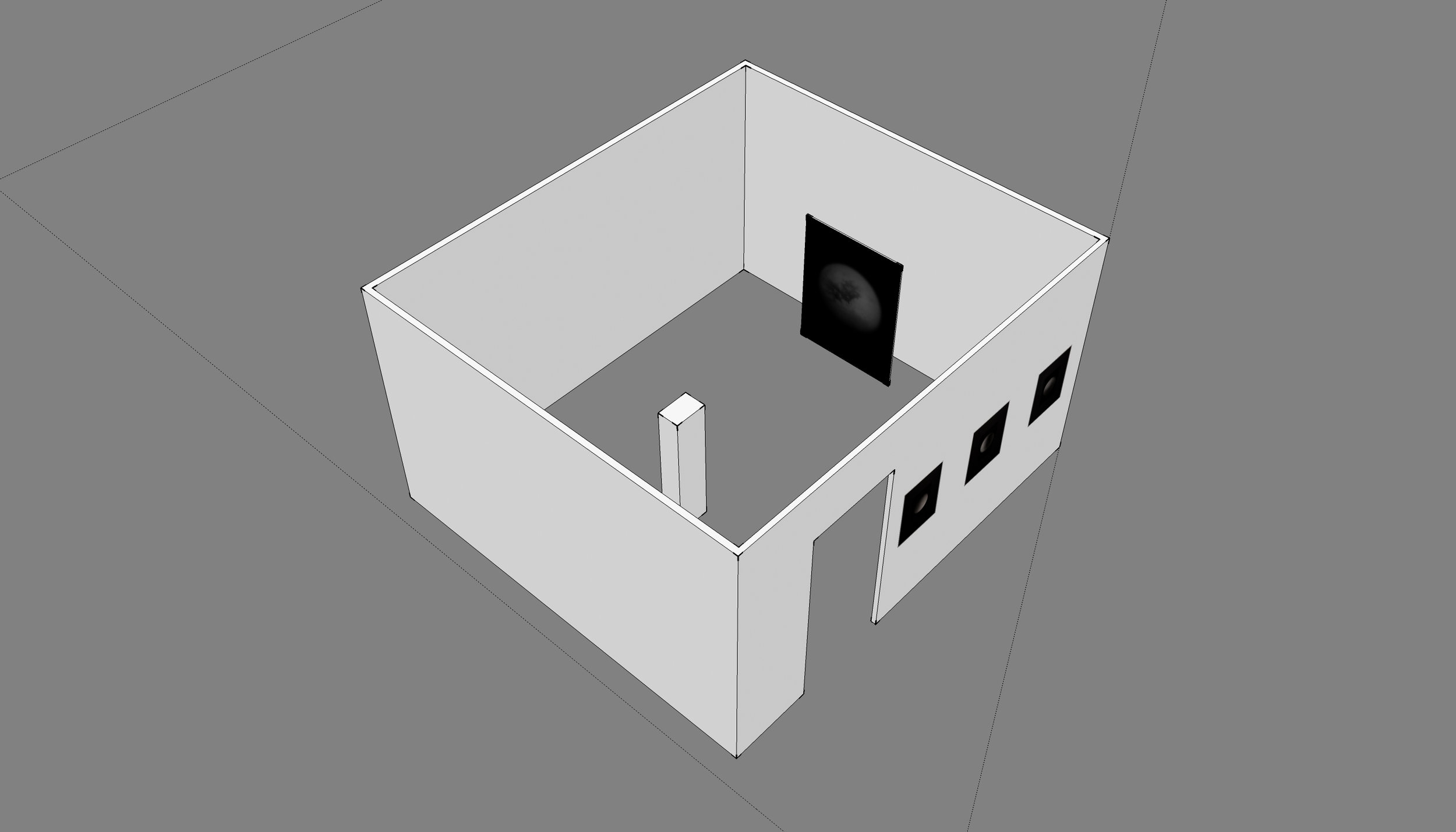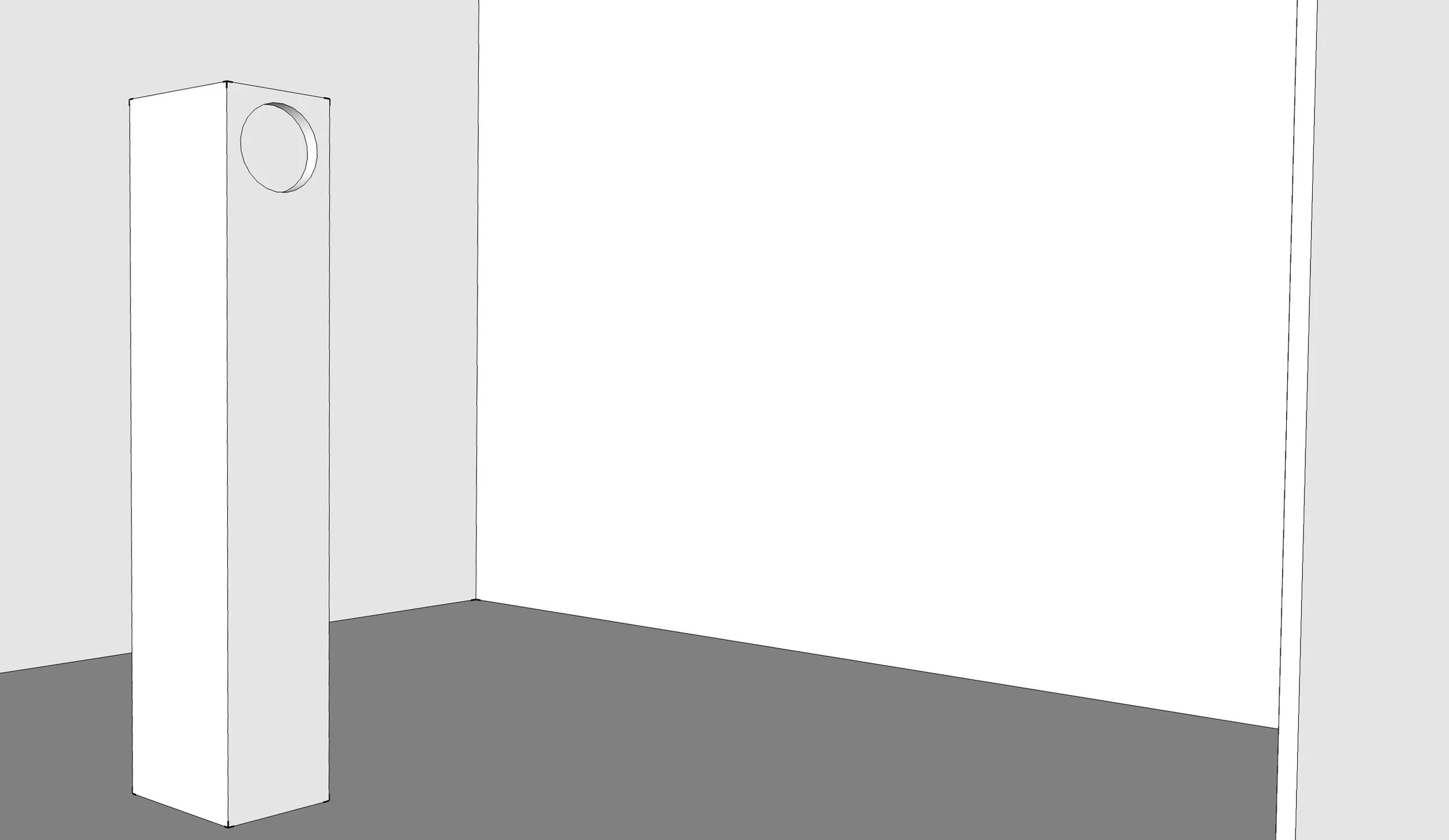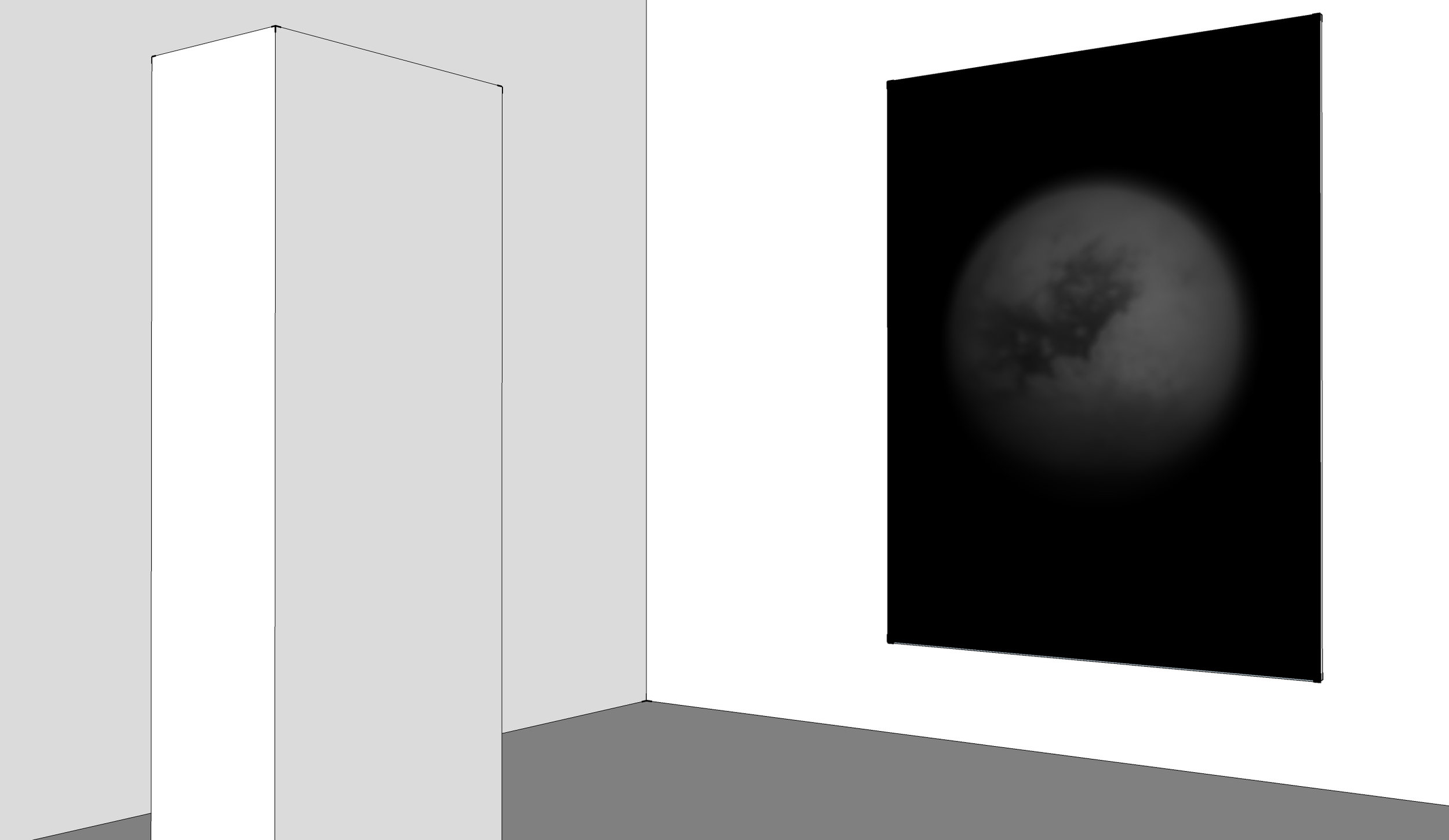Facula Project
FACULA PROJECT
An exploration of reflection, projection, surface and distance
The Facula project contains four parts with pieces that very much relate to photography and technical media. Silver gelatin copies, a hand crafted lo-tech projector, a large balloon and an exposing device.
I have used processes more or less unknown and I was very unsure about the quality of the end result, which to me was something thrilling.
For the first time since the 90s – I was back in the darkroom. This return almost two decades later, made me think of exposure in a new way, now that many people carry a light source in their pocket. I experimented with exposing silver gelatin paper with my iPhone and from there to larger screens, the iPad Mini to Macbook Pro 15” Retina Display.
Parallel to that I was reading about the Cassini-Huygens project, an current collaboration between NASA and the European and Italian Space Agency, ESA and ASI which mission is to explore the Saturnian system. So, the project took a new direction where the subject was the photo documentation of the moons of Saturn that were sent from the spacecraft back to earth. These astronomical bodies that we only know about thank’s to optics, telescopes and photography. My thoughts revolved around how we relate to these images, presented downscaled to a mere fragment of it’s original size, some inches away from our face. Can these electronic devices explain their existence to our biased way of viewing? I wanted to make copies that physically exist and let surfaces be exposed by the screen as a transmitter. Are the existence of the astronomical bodies, their distance and scale, more or less understandable when projected onto a physical surface as a silver gelatin print or screen?
I call the dark room copying method In-Contact Copying.
Method: In-Contact Copying with an Exposer (any device that has an adjustable screen)
Place yourself in a darkroom
Turn down the screen brightness of your exposer to lowest possible
Invert the screen of your Exposer
Full frame your image
Place your light sensitive silver gelatine paper surface in-contact (physically touching) with the surface of the screen for a maximum of three seconds
Develop the in-contact copy in chemical baths (recommended procedure depending on paper type)
Rince and dry
A moon, a bright spot, a facula, is not the transmitter of light itself, but a reflector, a canvas that mirror the light projected onto it’s surface, back to us. This surface is manifested onto a three dimensional body, an altered high-altitude weather balloon that makes an inflatable sphere.
The projector (see sketch) is a DIY hack modified into a sort of reversed camera obscura with an iPhone as emitter of the image. It holds a ∅13 cm glass lens to enlarge the projection and create a low light image, presented in a pitch black environment. An interpretation of these otherworldly bodies, not yet named after greek gods.
Partially shown at:
Flyktpunkt at CFF, Stockholm, 2017.
Rundgång at the Royal Institute of Art, Stockholm 2017.








